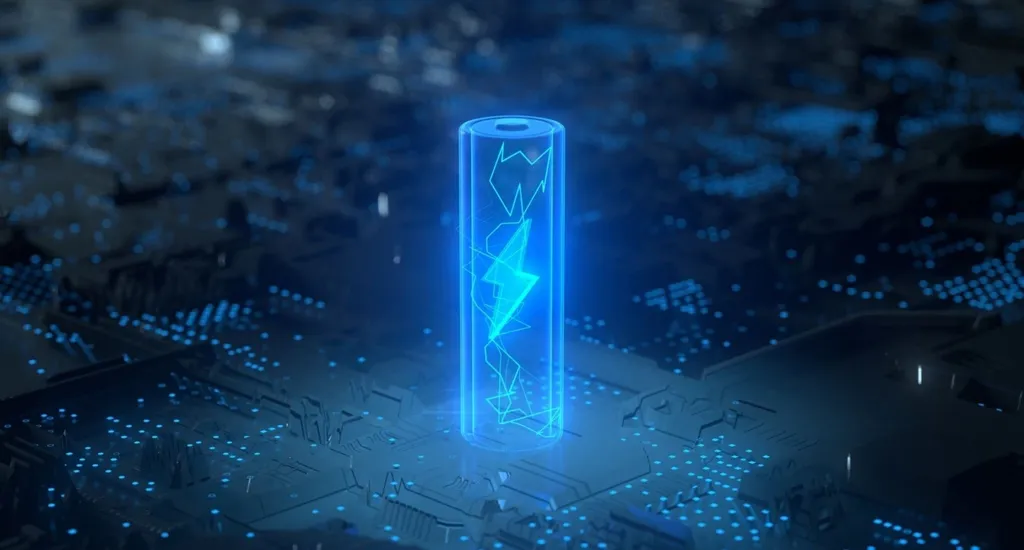In a significant stride towards enhancing the safety and efficiency of next-generation energy storage technologies, researchers have developed an innovative approach to address the persistent challenges of solid-state lithium batteries (SSLBs). The study, led by Xiaoxue Zhao from the Institute for Advanced Materials and Technology at the University of Science and Technology Beijing, introduces a novel composite solid-state electrolyte (SSE) that promises to revolutionize the energy sector.
The research, published in the journal *InfoMat* (translated from Chinese as *Information Materials*), focuses on the critical issue of interfacial engineering in SSLBs. These batteries are highly regarded for their potential to offer profoundly enhanced safety, energy density, and charging capabilities compared to traditional lithium-ion batteries. However, the practical application and large-scale manufacturing of SSLBs have been hindered by several factors, including polymer/ceramic interphase compatibility, serious agglomeration of ceramic particles, and discontinuous ionic conduction at the electrode/electrolyte interface.
To tackle these issues, Zhao and her team introduced garnet Li₇La₃Zr₂O₁₂ (LLZO) nanoparticles into polyacrylonitrile (PAN) nanofibers to fabricate a polymer-ceramic nanofiber-enhanced ultrathin SSE membrane (3D LLZO-PAN). This innovative design leverages nanofiber confinement to aggregate LLZO nanoparticles, creating a continuous conduction pathway for lithium ions (Li+). “By integrating these nanoparticles into the nanofibers, we can significantly improve the ionic conductivity and stability of the electrolyte,” explained Zhao.
The researchers also developed a novel integrated electrospinning process to construct tight physical contact between the positive electrode and electrolyte interphases. This synergistic effect of PAN, polyethylene oxide (PEO), and lithium bis((trifluoromethyl)sulfonyl)azanide (LiTFSI) benefits a stable solid electrolyte interphase (SEI) layer, resulting in superior cycling performance. The Li|3D LLZO-PAN|Li battery achieved a remarkable 1500 hours of cycling at 0.2 mA cm⁻².
The integrated polymer-ceramic nanofiber-enhanced SSEs simultaneously achieve a balance in ultrathin thickness (16 μm), fast ion transport (2.9 × 10⁻⁴ S cm⁻¹), and superior interface contact (15.6 Ω). The LiNi₀.₈Co₀.₁Mn₀.₁O₂|3D LLZO-PAN|Li batteries (2.7–4.3 V) can operate over 200 cycles at 0.5 C. Moreover, pouch cells with a practical LiNi₀.₈Co₀.₁Mn₀.₁O₂||Li configuration achieve an ultrahigh energy density of 345.8 Wh kg⁻¹ and excellent safety performance.
This groundbreaking research provides new strategies for the manufacturing and utilization of high-energy-density SSLBs, potentially shaping the future of the energy sector. As the demand for safer and more efficient energy storage solutions continues to grow, innovations like the 3D LLZO-PAN electrolyte could pave the way for advancements in electric vehicles, grid storage, and portable electronics.
“Our work not only addresses the critical challenges in SSLBs but also opens up new possibilities for the commercialization of high-energy-density batteries,” Zhao noted. The study’s findings, published in *InfoMat*, underscore the importance of interdisciplinary collaboration and innovative materials science in driving forward the energy revolution.

